Disclosure: This article contains affiliate links. We may earn a commission from purchases at no extra cost to you, which helps our travel content.
Standing in Plaza 25 de Mayo as the morning light washes over the pristine colonial buildings, I'm reminded why Sucre earned its nickname 'La Ciudad Blanca' (The White City). The constitutional capital of Bolivia feels like a secret whispered among travelers who seek authenticity without the overwhelming tourist crowds. As someone who has navigated the delicate balance between cultural immersion and personal safety across four continents, I found Sucre to be that rare gem—a place where solo travelers can feel both adventurous and secure while operating on a modest budget.
Finding Your Sanctuary: Accommodation Options for Solo Travelers
After 15 years of travel journalism, I've developed a sixth sense for accommodations that offer both security and community—essential elements for solo adventures. In Sucre, I bypassed the backpacker party hostels for Villa Oropeza Guest House, a colonial-style haven with a courtyard where fellow travelers gather each evening to share route tips over cups of coca tea.
For those seeking more privacy without breaking the bank, the family-run Casa Verde B&B offers rooms with sturdy locks and breakfast prepared by Doña Claudia, whose local knowledge proved invaluable for navigating the city's hidden corners. I spent mornings planning my day from their rooftop terrace, watching the city wake up while wrapped in an alpaca blanket against the Andean chill.
When choosing accommodation, remember that Sucre's compact historic center (where most tourist lodgings are located) is generally safe for solo travelers, but venturing into peripheral neighborhoods after dark isn't advisable. I recommend bringing a door stopper alarm for added peace of mind—the dual functionality helped me sleep soundly even when staying in budget accommodations with simpler door locks.
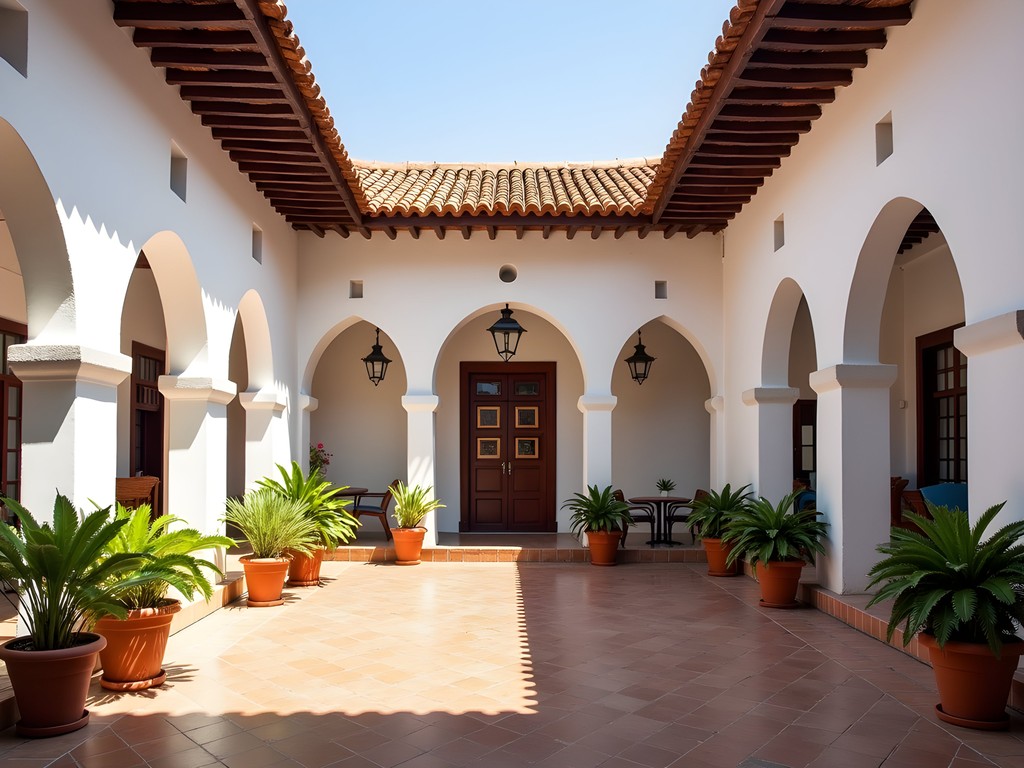
💡 Pro Tips
- Book accommodations with 24-hour reception for late arrivals
- Choose places within walking distance of Plaza 25 de Mayo for better safety after dark
- Look for properties with communal spaces to meet other travelers
Cultural Immersion on a Budget
Sucre's UNESCO World Heritage status comes with surprisingly accessible cultural experiences that won't strain your wallet. The city's museums operate on a sliding scale of entrance fees, with many offering free or discounted entry on Sunday afternoons—a budget hack I discovered while chatting with a local calligraphy artist who reminded me of my sensei back in Kyoto.
My journalist's curiosity led me to Casa de la Libertad (House of Freedom), where Bolivia's declaration of independence was signed. The 30 Bolivianos entrance fee (approximately $4 USD) includes an English-language guide if you visit during morning hours. The nearby Museo de Arte Indígena ASUR showcases exquisite textiles from surrounding indigenous communities, with demonstrations that connect contemporary artisans to pre-Columbian traditions.
For a deeper linguistic connection, I enrolled in a week-long Spanish course at Me Gusta Spanish School, where private lessons cost roughly $7 USD per hour—a fraction of what you'd pay in more touristed Latin American destinations. My instructor, Carolina, customized lessons around vocabulary for market negotiations and transportation questions, practical skills that immediately enhanced my solo travel experience.
Don't forget to pack a pocket Spanish phrasebook for those moments when your phone battery dies or you're in areas with spotty reception. The small investment pays dividends in meaningful local interactions.
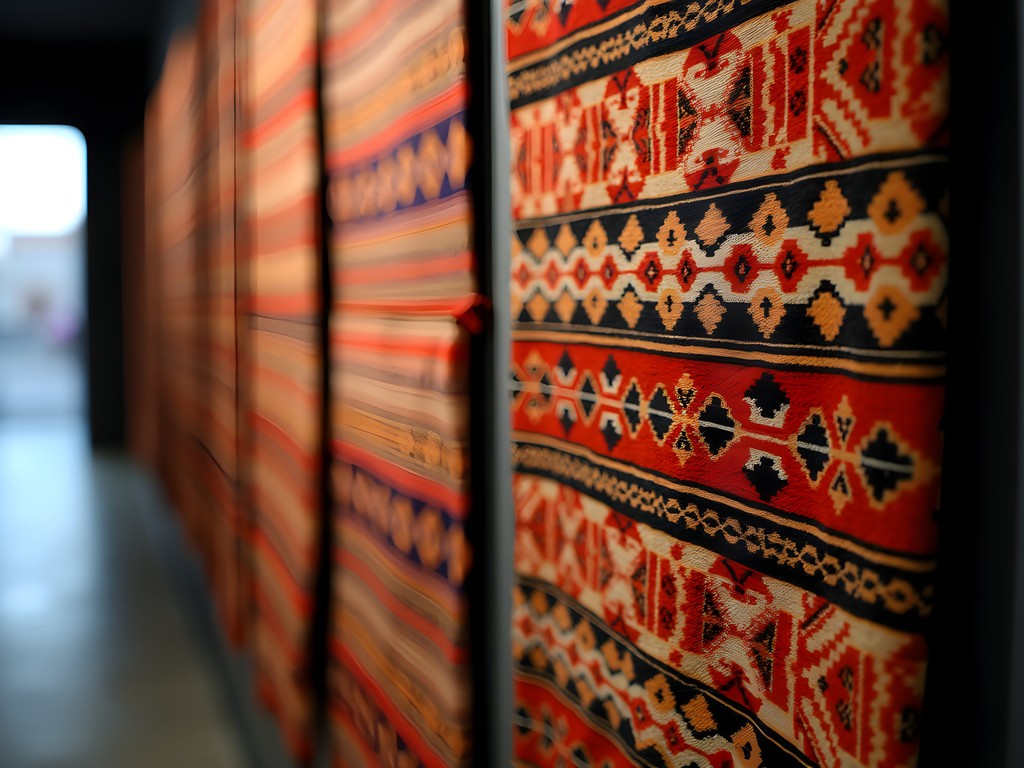
💡 Pro Tips
- Visit museums on Sunday afternoons for reduced or free entry
- Look for language schools that offer short-term crash courses specifically for travelers
- Attend free cultural performances in Plaza 25 de Mayo on weekend evenings
Navigating Sucre Safely: Transportation & Street Smarts
At 2,810 meters above sea level, Sucre's thin air can make even short walks feel challenging during your first days. I arrived prepared with a pulse oximeter to monitor my oxygen levels while acclimatizing—particularly helpful for solo travelers who don't have a companion to notice altitude sickness symptoms.
The city's historic center is wonderfully walkable during daylight hours, with logical grid patterns that make navigation intuitive. For journeys beyond walking distance, I relied on radio taxis (identifiable by the company name and number on the door) rather than hailing cabs from the street. My hotel receptionist taught me to verify legitimate taxis by checking for the driver's photo ID displayed on the dashboard—a small detail that significantly reduces transportation risks.
When exploring the Sunday market in Tarabuco (a colorful indigenous market about an hour from Sucre), I joined a small group tour rather than attempting public transportation alone. The shared experience not only enhanced safety but provided cultural context through our local guide, Valentina, whose family has sold handcrafted musical instruments at the market for generations.
For day trips and excursions from Sucre, I found the money belt invaluable for discreetly carrying my passport and extra cash. Unlike bulkier options, this silk version remained comfortable in Bolivia's variable temperatures and didn't create obvious bulges under clothing.
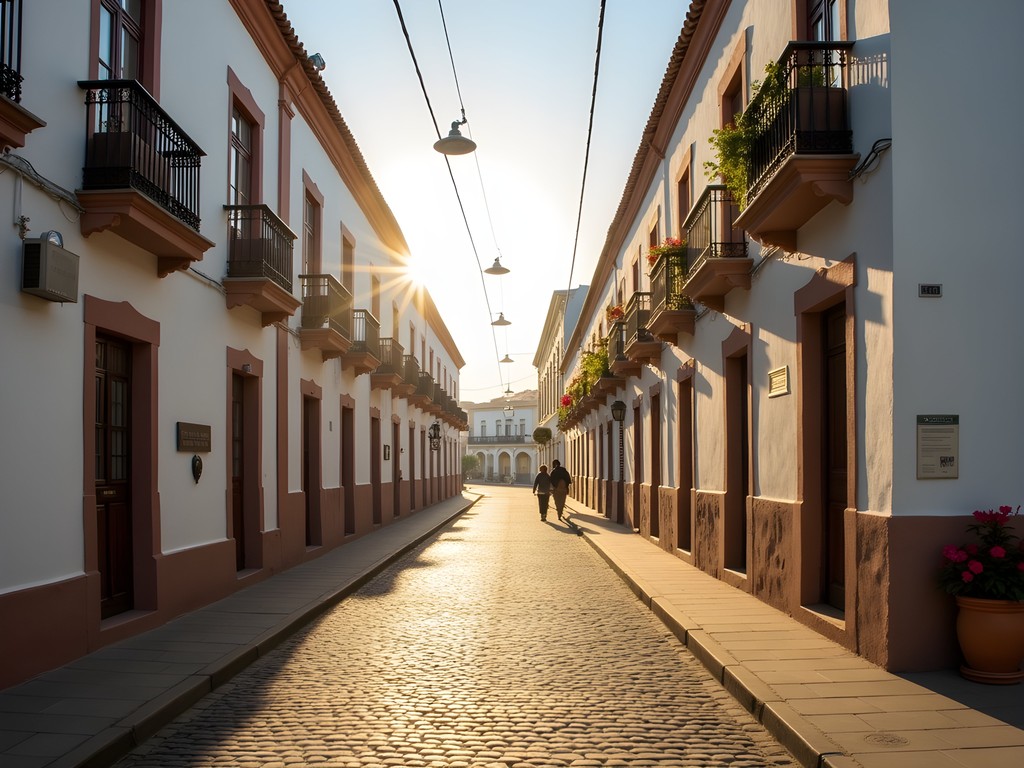
💡 Pro Tips
- Always use radio taxis called by your accommodation rather than street hails
- Carry a photocopy of your passport rather than the original when exploring the city
- Download maps.me or another offline map application as Sucre's street names sometimes change between maps
Culinary Adventures for the Solo Diner
Dining alone often intimidates solo travelers, but Sucre offers numerous settings where single diners feel welcome. The central market provides a lively introduction to Bolivian cuisine, with food stalls serving everything from salteñas (savory pastries) to api con pastel (purple corn drink with fried pastry)—perfect for breakfast under $2 USD.
For lunch, I gravitated toward almuerzos (set lunches) at local restaurants like El Patio Salteñeria and Florin, where $3-5 USD bought multi-course meals alongside Bolivian office workers and university students. These midday social hubs naturally facilitate conversations with locals, even with my intermediate Spanish.
Dinner presented more challenges as a solo female traveler, as evening dining in Bolivia tends to be family-focused. I discovered Café Mirador, where the second-floor balcony offered both security and spectacular views of illuminated colonial buildings. Their vegetarian options were a welcome break from Bolivia's meat-heavy cuisine.
To maintain digestive health while adapting to new cuisines, I relied on digestive enzymes with meals, which helped prevent the stomach issues that can derail a meticulously planned itinerary. For easy food journaling and tracking reactions to unfamiliar ingredients, I used the food tracking app to identify patterns and avoid problematic dishes.
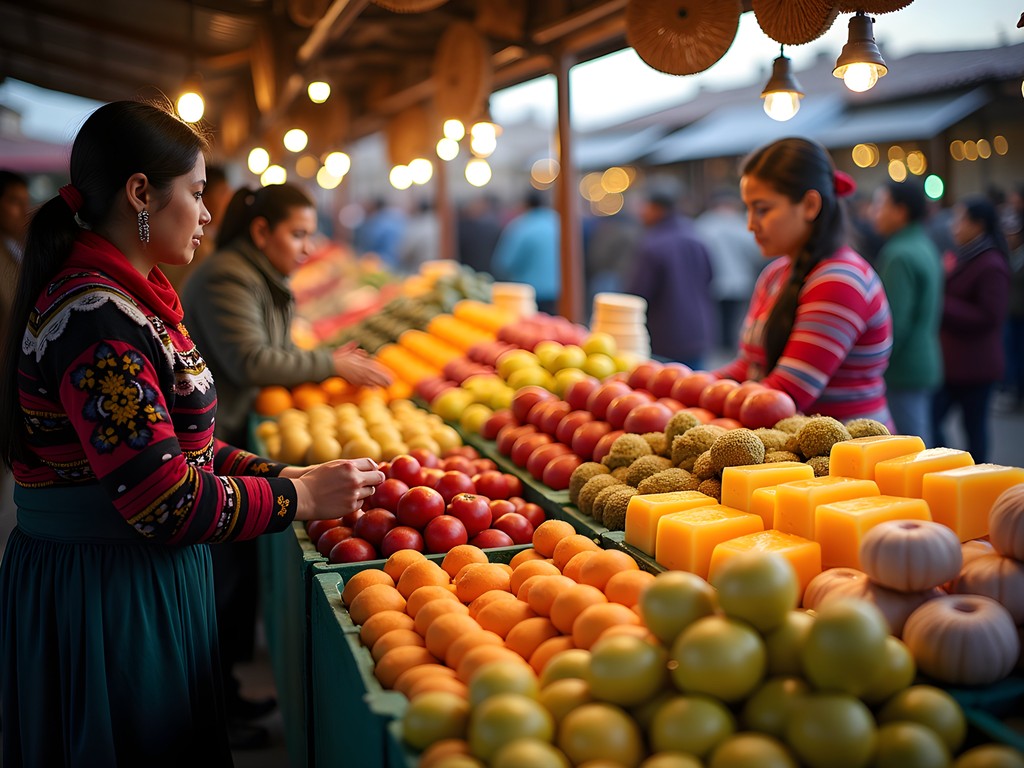
💡 Pro Tips
- Visit the central market between 9-10am when it's bustling but not overcrowded
- Look for restaurants where local women dine alone—they know which establishments are respectful to solo diners
- Carry a reusable water bottle with built-in filter to save money and reduce plastic waste
Mindful Moments: Self-Care for Solo Travelers
Two weeks of solo travel demands intentional self-care rhythms—something I've learned through years of navigating unfamiliar environments alone. In Sucre, I established a morning ritual at Condor Café, where their rooftop terrace provided space for journaling while watching the city come alive. Their fair-trade coffee supports local cooperatives, aligning with my commitment to sustainable tourism.
When cultural and linguistic immersion became overwhelming, I found refuge in Parque Bolívar, where locals practice tai chi at sunrise. Though my techniques reflected my Japanese upbringing rather than Chinese traditions, the shared appreciation for mindful movement created wordless connections across cultural boundaries.
For deeper relaxation, I discovered Las Aguas de Ñancahuazú, thermal baths located about an hour outside the city. The quick-dry travel towel proved essential for this excursion, as it dried between morning soaks and afternoon hikes despite the humid environment.
Maintaining emotional equilibrium while traveling solo requires acknowledging both exhilaration and occasional loneliness. I use the Five Minute Journal to record daily gratitudes and challenges, creating a valuable record of personal growth that complements my travel photography. This simple practice grounds me in presence rather than constant documentation for future audiences—a mindfulness approach I've cultivated since leaving mainstream journalism.
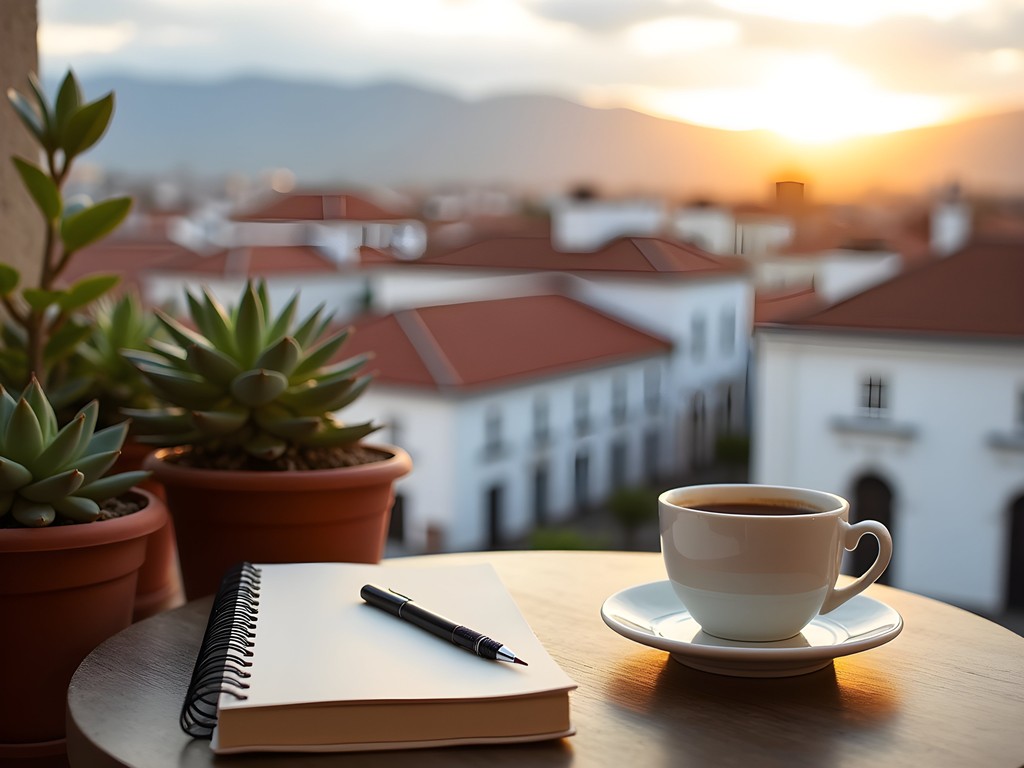
💡 Pro Tips
- Schedule regular video calls with friends/family during your trip to maintain connection
- Identify a 'comfort spot' in the city where you can retreat when feeling overwhelmed
- Balance planned activities with unstructured exploration days
Final Thoughts
As my two weeks in Sucre drew to a close, I found myself lingering in Plaza 25 de Mayo, watching local families gather for their evening paseo while street vendors prepared buñuelos drizzled with honey. The White City had revealed itself not just as a colonial masterpiece frozen in time, but as a living community where solo travelers can find both adventure and belonging.
Sucre rewards the patient traveler—one willing to sit quietly in plazas, attempt imperfect Spanish with market vendors, and step away from the compulsion to document every moment. The city taught me that true safety in travel comes not just from practical precautions, but from meaningful connections with both place and people.
Whether you're drawn by the UNESCO architecture, the affordable Spanish schools, or simply the gentle pace of life at 2,810 meters, Sucre offers solo travelers an accessible entry point to Bolivian culture without the intensity of La Paz or the tourist saturation of Cusco just across the border. Pack your curiosity, bring your street smarts, and prepare to write your own chapter in the continuing story of La Ciudad Blanca.
✨ Key Takeaways
- Sucre offers an ideal balance of safety, cultural richness, and affordability for solo travelers
- Learning basic Spanish significantly enhances both safety and cultural immersion opportunities
- The historic center provides a navigable, relatively secure base for exploring wider Bolivia
- Building connections with guesthouse hosts and local guides creates both safety networks and deeper travel experiences
- Balancing structured activities with unplanned wandering yields the most authentic discoveries
📋 Practical Information
Best Time to Visit
April-October (dry season), with May-July offering ideal temperatures
Budget Estimate
$25-40 USD daily (including accommodation, meals, and activities)
Recommended Duration
7-14 days (including potential day trips)
Difficulty Level
Moderate
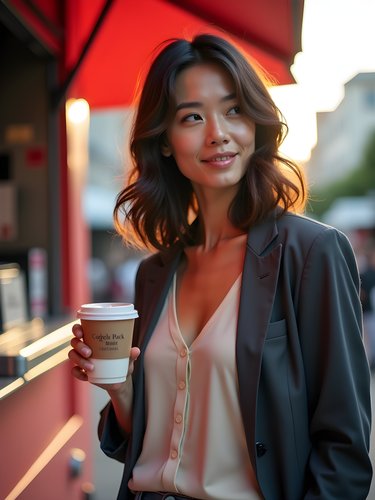
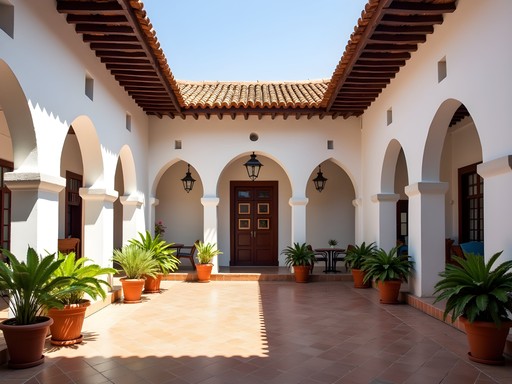
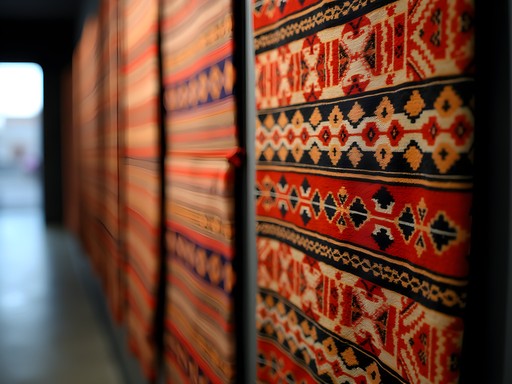


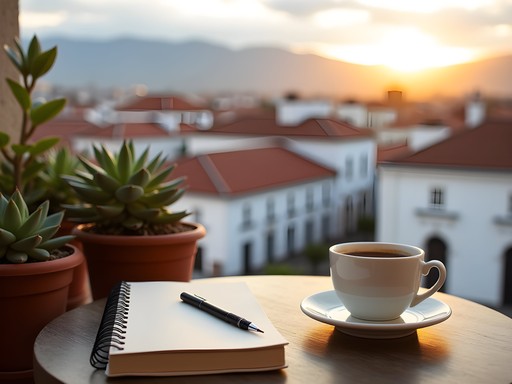


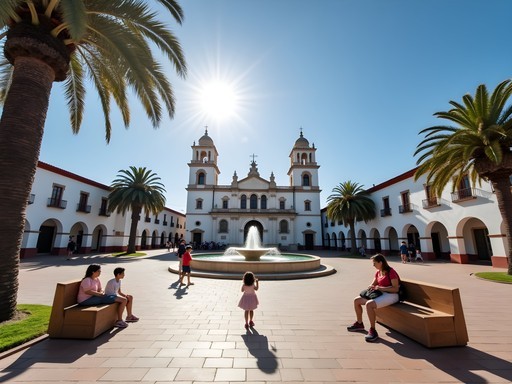
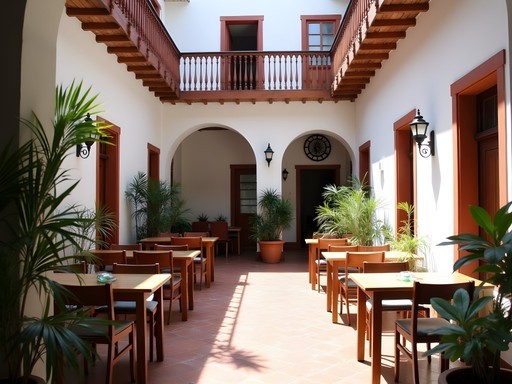
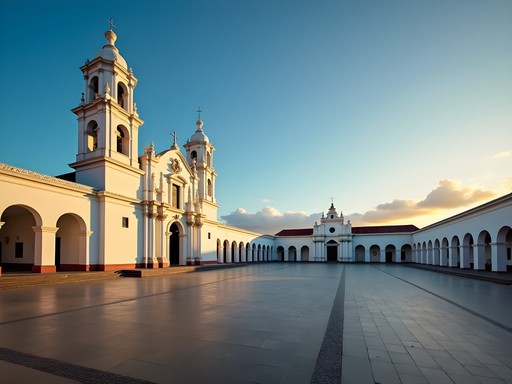





Comments
moonwanderer
This guide is so helpful! I'm planning to visit Sucre solo in November. Did you feel safe walking around at night? And what was the weather like when you visited? Trying to figure out what to pack!
Sakura Washington
The central area around Plaza 25 de Mayo is well-lit and felt safe until about 10pm. I wouldn't venture into less touristy areas after dark though. For November, pack layers! Days are warm (70s F) but nights can drop to the 50s. The altitude makes the sun intense, so bring a good hat and sunscreen too!
Kimberly Murphy
Brilliant post! I led a small group through Bolivia last year and Sucre was everyone's unexpected favorite. For solo travelers concerned about safety, I'd add that joining the free walking tours that start in Plaza 25 de Mayo is not just informative but a great way to meet other travelers. We ended up forming a dinner group that explored different restaurants together each night. The Mercado Central is fantastic for lunch - look for the stalls with the longest local queues! And don't miss the rooftop terrace at Mirador Café for sunset views over those stunning white buildings.
moonwanderer
Thanks for the Mirador Café tip! Is it expensive compared to other places in Sucre? Planning my budget carefully for my trip in November.
Kimberly Murphy
Not at all! Prices were surprisingly reasonable - about 20-25 bolivianos for a coffee and dessert. Just go early (4:30pm) to get a good spot for sunset!
summerlover
Those white buildings are gorgeous! Adding Sucre to my bucket list right now! 😍
Sarah Powell
Excellent breakdown of Sucre, Sakura. I visited as part of my South America solo tour last year and found your observations about safety particularly accurate. The micros (local buses) are indeed an adventure but completely manageable with a bit of preparation. One addition to your accommodation section: I stayed at Villa Oropeza Guest House which offers private rooms at hostel prices - perfect middle ground for solo travelers who want privacy without the hotel cost. The courtyard there became my morning coffee spot for planning daily adventures. Did you find any good vegetarian options in the local restaurants? That was my only challenge.
starbackpacker
This post couldn't have come at a better time! I'm planning my first solo trip to Bolivia next month. How did you find the language barrier? My Spanish is pretty much limited to 'hola' and 'gracias' 😅
smartexplorer
Not Sakura, but I was just there with basic Spanish. In tourist areas, you'll find English speakers, but having a translation app really helped me. The locals appreciate any attempt at Spanish!
Sakura Washington
Exactly what smartexplorer said! I used pocket translator a lot. Download the Spanish language pack before you go. Most restaurant menus in the center have English translations too.
smartexplorer
Just got back from Sucre last month and your guide is spot on! I stayed at Hostal CasArte Takubamba too and loved the courtyard breakfasts. One safety tip I'd add - the local markets are amazing but keep valuables in a front-facing bag. Found the locals to be incredibly friendly once you attempt even basic Spanish. Did you get a chance to visit the dinosaur footprints at Cal Orck'o? Worth the short trip out of town!
Sakura Washington
Thanks! Yes, I did visit Cal Orck'o - amazing experience! I should have mentioned it in the post. Great tip about the markets too.
springqueen
Just got back from Sucre and your guide was SPOT ON! Those little micros were so confusing at first but I got the hang of it. The salteñas at Florin were amazing just like you said! Wish I'd stayed longer than 3 days though 😭
globeperson
I'm a total beginner with very little Spanish. Would I struggle in Sucre? Your post makes it sound amazing but I'm nervous about the language barrier!
wanderace
Not Sakura but I can tell you Sucre is actually one of the best places to learn Spanish! Tons of language schools with really affordable private lessons. That's partly why I'm going!
Sakura Washington
Exactly what wanderace said! Sucre is Bolivia's language learning hub. Even with minimal Spanish, you'll be fine in tourist areas. I'd recommend learning just a few basic phrases before going. The locals really appreciate the effort!
Taylor Moreau
Excellent guide, Sakura. I frequently visit Sucre for business and would add that the city's elevation (2,810m) can catch some travelers off guard. I always recommend my colleagues spend their first day taking it easy and drinking plenty of water. For those working remotely, Café Abis has the most reliable internet connection in my experience, and Cultura Café offers a professional environment with excellent coffee. I always carry my portable charger as power outages can occasionally occur. Looking forward to more of your South American insights.
Mason Ferrari
Having visited Sucre six times over the past decade, I can attest to Sakura's excellent assessment of the city's safety profile for solo travelers. The microclimatic conditions at that elevation (2,810m) create those spectacular clear skies that make the white architecture pop so dramatically in photographs. One analytical observation: the transportation section is spot-on about radio taxis being preferable after dark, but I'd add that the city's grid layout makes it exceptionally navigable on foot during daylight hours - I tracked an average of 18,000 steps daily there without ever feeling the need for transit within the historic center. For those concerned about altitude, Sucre sits lower than La Paz, making it an excellent acclimatization point. Sakura, did you experience any effects from the elevation?
Sakura Washington
Great point about the walkability, Mason! And yes, I did feel slightly short of breath the first day, but nothing serious. Drinking coca tea and taking it easy that first day made all the difference.
traveltime
Six times to Sucre? Wow! Any favorite hidden gems you've discovered over the years?
Mason Ferrari
Indeed! The small chocolate museum near San Felipe Neri church offers fascinating tours showing traditional production methods. Also, Café Gourmet Mirador has the best sunset views in the city - it's where locals go, not tourists.
Venture X
Premium card with 2X miles, $300 travel credit, Priority Pass